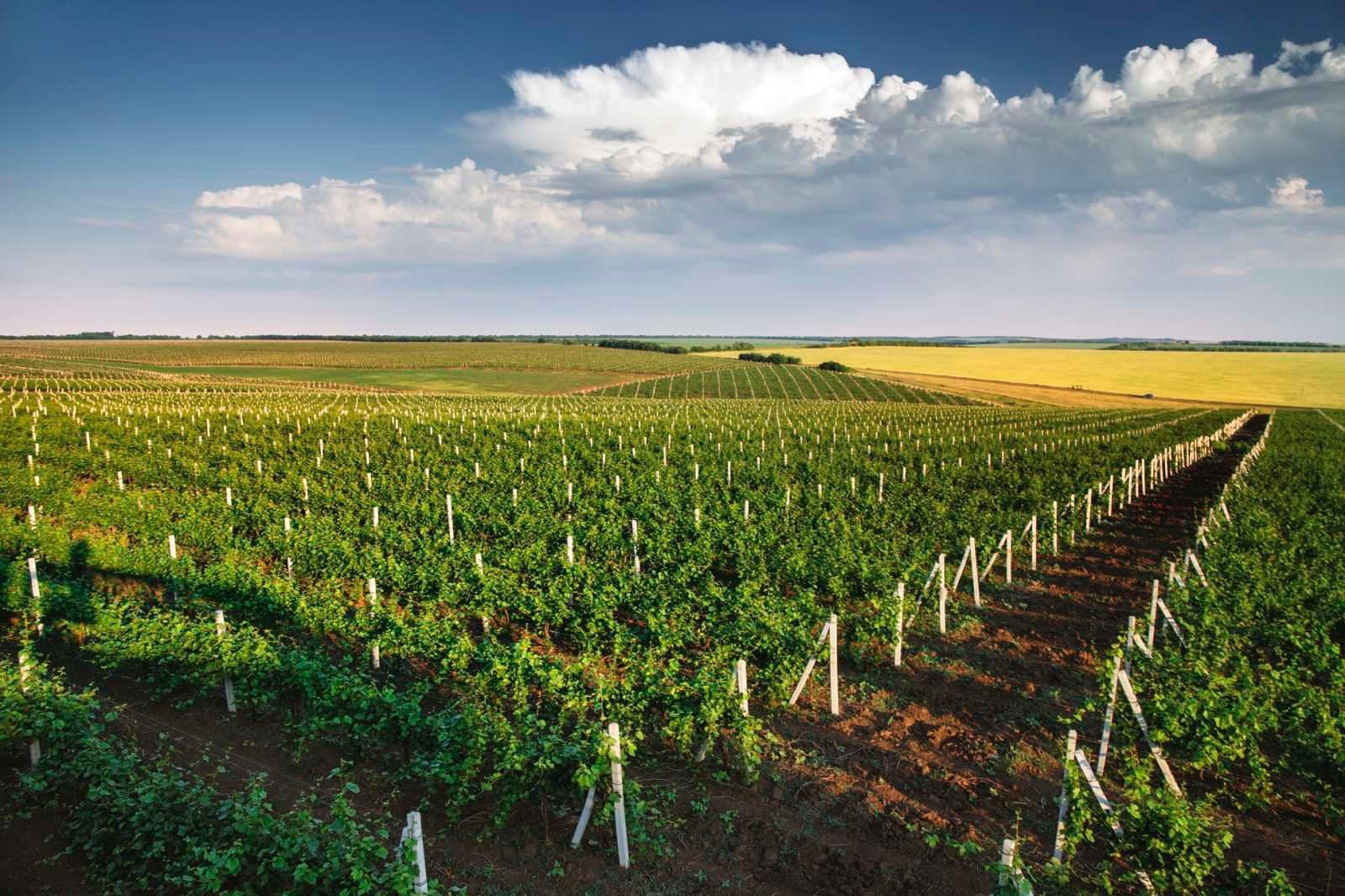New products
Showing all 25 results
Showing all 25 results

Moldova’s winemaking heritage is steeped in legend, one of the most famous being the tale of the storks. During a Turkish siege near Grodieshti, the fortress defenders were weakened by hunger and thirst. Suddenly, hundreds of storks appeared, driving back the enemy with their wings and dropping bundles of grapes to the soldiers below. Revived by the fruit, the defenders repelled the attack, and the stork became a lasting symbol of luck and prosperity. Today, the stork with grapes is the emblem of Moldovan viticulture and features in the logo of the Viticulture Association. Moldova’s vineyard area spans around 114,000 hectares, divided into three distinct wine regions, each with its own terroir and specialties. Codru, the largest and most important region, lies in the hilly terrain between the Pruth River and the Ukrainian border, surrounding the capital Chisinau. Here, the vineyards are fragmented across hillsides and river valleys, benefiting from a warm continental climate moderated by extensive oak and linden forests. The light, skeleton-rich soils are ideal for crisp, aromatic white wines made from Aligoté, Rkatsiteli, Sauvignon Blanc, as well as reds from Merlot and Saperavi. Codru is also home to the famous limestone wine cellars of Cricova, where miles of tunnels house prized wines. Stefan Voda, in the south near the Black Sea, is Moldova’s warmest zone, characterized by flat terrain and fertile black earth soils rich in humus. The maritime influence enhances ripening, making it a true red wine territory. The signature grape is Babeasca Neagra, producing supple, fruit-forward reds, while the terrace vineyards around Purcari yield Negru de Purcari, the region’s most prestigious red, known for its depth, structure, and aging potential. Other varieties include Feteasca Neagra, Pinot Noir, and Chardonnay. Val lui Traian, on the southern border with Romania, offers a more rugged terroir of rocky, light soils, steppe plains, plateaus, and forested hills. Low yields here produce concentrated, full-bodied reds, particularly from Merlot, Cabernet Sauvignon, and Feteasca Neagra. The region is divided into the Bugeac Plain, Pruth Terraces, and Tigheci sub-zones, each contributing subtle variations in style and flavor. Moldovan wines range from fresh, aromatic whites to structured, deeply colored reds, shaped by diverse soils and microclimates. Across all regions, the combination of ancient traditions, varied terroirs, and native as well as international grape varieties creates wines with distinctive character—expressive fruit, balanced acidity, and, in the case of the best reds, notable depth and aging capacity.